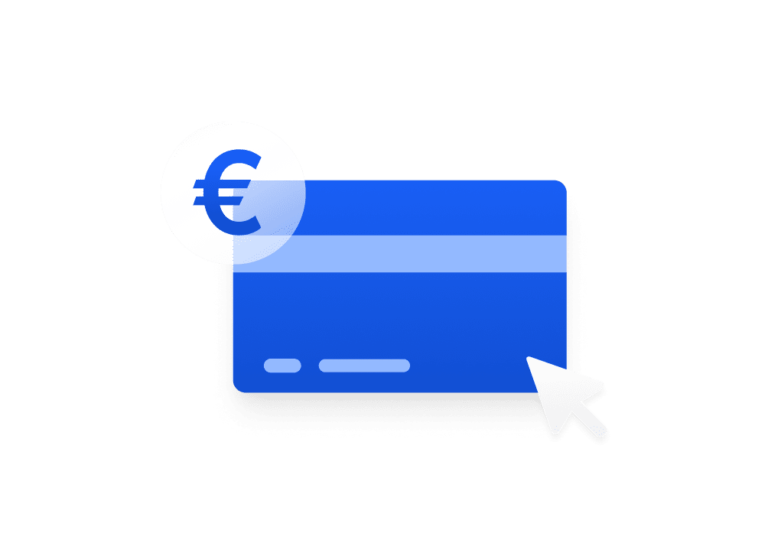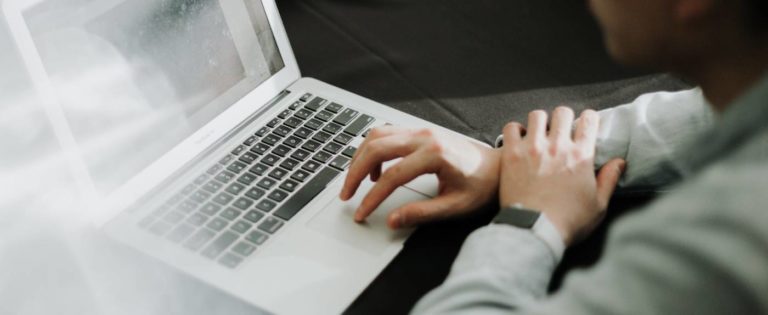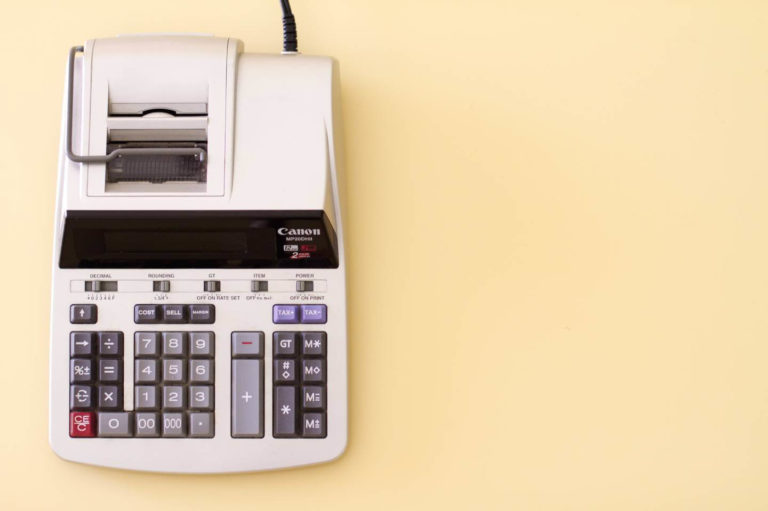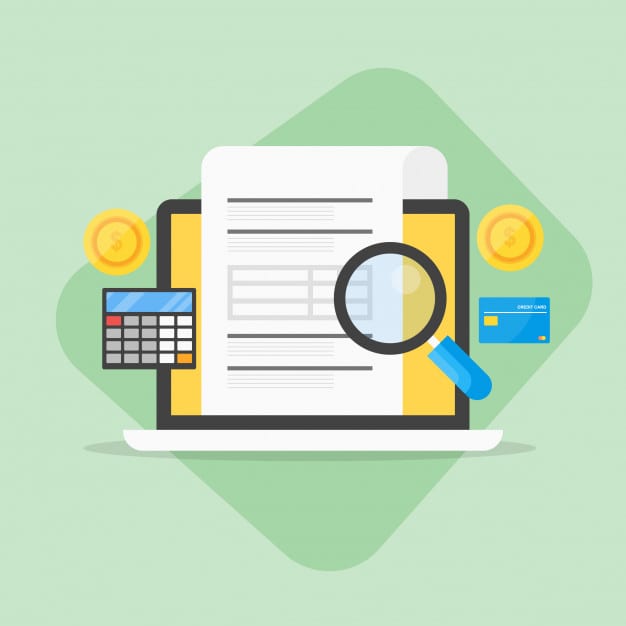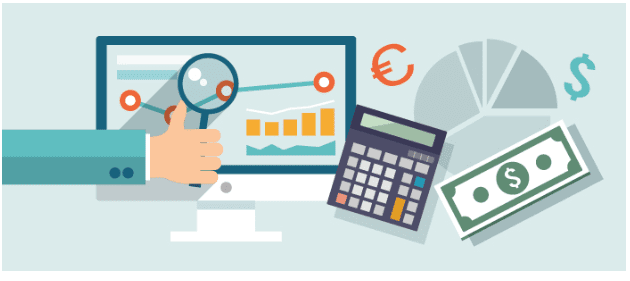If you are considering investing in a company, looking at its balance sheet is an important step to take, as it is a reflection of what the company both owns in terms of assets and owes in terms of liabilities.
The balance sheet together with its income and cash flow statements make up the company’s financial statements and paint a clear picture of how well it is performing. Whether you’re a shareholder or potential investor, it is important that you understand how the balance sheet works and how you can analyse it to deduce a company’s financial position.
For the untrained eye, a balance sheet is a confusing amalgamation of various numbers and cash figures which, without context, do very little in the way of helping that person understand exactly what it says about a company.
By following the steps below, you can analyse a balance sheet and gather all the data you need in-order to decide.
1. The Balance Sheet Equation
The primary formula for balance sheets is assets = liabilities + shareholder equity. This single equation underpins the balance sheet, but why?
A company must pay for everything that it owns (its assets) by either taking money from investors (issuing shareholders’ equity) or borrowing money from banks (liabilities). As a result, the total assets must equal total liabilities plus the company’s equity in-order to stay out of the red.
2. Look at Current Assets
Current assets can easily be converted into cash and they include cash and any cash equivalents such as inventory and receivable accounts. Of course, cash is the most important current asset, but it also includes bank accounts and checks.
Cash equivalents include any asset which can readily be liquidated into cash, such as equipment, vehicles, machinery and inventory which belongs to the company. When a company sells a product or service to a consumer on credit, these are also considered as current assets.
3. Look at Non-Current Assets
Non-current assets are any investments made by the company in the long-term. They are non-current assets because their value will not be ascertained during the current financial year. Non-current assets can refer to tangible assets such as buildings, land and equipment, or intangible assets such as copyright or patents.
Whilst these are not physical assets, they are valuable resources which can have a huge impact on a company… for example, Pepsi’s trademark logo is an intangible asset and its value cannot be understated.
4. Learn About Its Liabilities
Liabilities are any financial obligations the company owes to third parties. Just like assets, liabilities can be both short (current) and long-term. Examples of long-term liabilities include debt and are due in a period time exceeding one year, whereas current liabilities are going to fall due within one year.
Shareholder equity is the amount of cash which has been invested into a business. At the end of the financial year, if the company decides to reinvest its earnings (after taxes) back into it, these earnings will be transferred to the balance sheet into a shareholder’s equity account.
This account is representative of the company’s overall net worth. For the balance sheet to balance properly, total assets on the one side must be at least equal to the total liabilities in addition to shareholders’ equity on the other side.
This is exactly how you analyse a balance sheet.
Using Ratios to Analyze a Balance Sheet
Using financial ratios, you can gain an insight into the company and its financial standing. There are a few different ratios which you can use, such as the debt-to-equity ratio which can demonstrate a company’s financial situation alongside its operational efficiency.
Some ratios, however, will require information such as figures from the company’s income statement in addition to what can be found on the balance sheet.
In addition to the balance sheet, you should look at the company’s income statement – the record of the company’s probability – and the cash flow statement – the record of actual changes in cash compared to the income statement – together, all of these will paint a clear picture as to the company’s financial satiation.
When you have got your head around the balance sheet you will be in a better decision to make decisions regarding investment.
